Overview:
The defibrillator is a medical device that restores a normal heartbeat by sending an electric pulse or shock to the heart. This tool is used to prevent or correct an arrhythmia, a heartbeat that is uneven or that is too slow or too fast. Defibrillators can also restore the heart's beating if the heart suddenly stops.
This device is used to jumpstart a heart by sending an electrical shock to the heart. The shock creates a pulse that restores the heartbeat to normal if it was slow, fast, or generally uneven. The device can restore the heart’s beating if it suddenly stops.
What is defibrillation?
Defibrillation is the procedure in which the device defibrillator is used. The device is mostly used in life-threatening scenarios such as cardiac dysthymic, ventricular fibrillation, and other conditions in which the heartbeat may slow down.
A defibrillator can only restore a heartbeat if it was either fast or slow. The electric impulse depolarized the heart muscles which restores the heart to its original state. However, if a heart has flat-lined it cannot be restored. In the case of flatling, CPR is advised.
How does a defibrillator work?
A defibrillator has the following three major types:
-
Automated External Defibrillator
-
Implantable Cardioverter Defibrillator
-
Wearable Cardioverter Defibrillator
Each of these types works in its own way. These individual types and how it wok is explained here as under:
-
Automated External Defibrillator
The Automated External Defibrillator or AED for short is a lightweight portable device that monitors the heart’s rhythm and sends electrical pulses to restore the heart’s rhythm. This device is used in case of a sudden cardiac arrest. This electronic device automatically diagnoses the life-threatening cardiac arrhythmias of ventricular fibrillation and pulseless ventricular tachycardia and is able to treat them through defibrillation, the application of electricity which stops the arrhythmia, allowing the heart to re-establish an effective rhythm.
The device is equipped with adhesive pads known as electrodes, which are attached to the chest of the patient having a cardiac arrest. The electrodes are connected to a computer that analyses the heart’s rhythm via the pads and sends an electric shock if the heartbeat is out of rhythm.
-
Implantable Cardioverter Defibrillator
The Implantable Cardioverter Defibrillator is also known as ICD is a special type of defibrillator that is surgically implanted within the body where it checks for any sign of arrhythmias.
Arrhythmias is a condition that can interrupt the blood flow, and cause your heart to beat slower or in extreme cases, stop, altogether. In these cases, the ICD will send an electric shock to restore the heartbeat.
The ICD is also capable of sending a low-energy electric impulse to either speed up or slow down the irregular heartbeat. It can also send a high-energy electric shock that can correct the fast and irregular heartbeat.
The ICD can switch between both energy levels automatically if its senses the heartbeat is out of order. For instance, an ICD will send high-energy shocks, if the low-energy shock does not restore the heartbeat to normal. Moreover, an ICD will send high energy shocks if the ventricles quiver rather than contract strongly.
The ICD is equipped with a generator connected to the heart pulses via wires, and it delivers electric shocks when needed. Some variations have wires that rest in 1 or 2 heart chambers, while others don’t use wires, and are instead placed on the heart itself to monitor the rhythm.
The device is also capable of keeping a record of the heart’s activity, and rhythms. These recordings can help your physician to tune the programming of the ICD to work better or adjust its programming to respond better to any time of arrhythmia.
-
Wearable Cardioverter Defibrillator
Wearable Cardioverter Defibrillators or WCDs are attached to the body through wires. The WCDs can monitor the heart’s rhythm and deliver an electric shock if the heartbeat is irregular. WCDs works the same way as ICDs in terms of delivering low and high energy electric shocks.
WCDs are attached to the body via a belt or a vest worn underneath the dress. The correct size of the device should be selected by a doctor for effective use and for programing in order to detect any sort of particular heart rhythm.
The sensors on the WCD detect if the heartbeat is suddenly irregular, and alert the user. The alert can be turned off to prevent an imminent shock if it is not required, otherwise, the WCD will administrator the correct energy level of electric shock to restore the heartbeat’s rhythm.
Usually, it takes one minute to deliver the shock, but in extreme situations, the WCD can administer consecutive shocks during an episode. The sensors need to be replaced after an episode.
Furthermore, the WCD monitor’s the heart’s activity and keeps a record of it. It can send the record to your doctor automatically.
Uses of a defibrillator
Other than arrhythmias, a defibrillator doesn’t have that many other uses. However, it is important to understand which type of defibrillator is suitable for which type of conditions.
AED
AEDs are used in emergency situations like if a person is going through cardiac arrest suddenly. In that case, the heart unexpectedly stops beating and in that case, an AED is swiftly used to restore the heartbeat.
AIDS can be used for patients of all ages. Some variations have smaller pads and cables designed for children. AED can improve someone’s chances of survival when it is administered alongside CPR when a patient is having a cardiac arrest.
ICD
ICD is recommended by doctors for patients who develop life-threatening arrhythmias cases. An ICD is surgically implanted in case of the following conditions:
-
Surviving a sudden cardiac arrest
-
Developing arrhythmia before or after a heart attack
-
Genetically inheriting a condition that causes arrhythmia
-
Neuromuscular disorder- A condition that causes unpredictable heart rhythms due to muscular dystrophy
-
Abnormally slow heartbeats or other heart-related problems
-
Cardiac sarcoidosis
-
Being diagnosed with arrhythmias during an electrocardiogram test
WCD
WCDs are used under certain circumstances to provide protection against sudden cardiac arrests in which a patient is at risk of suffering arrhythmia. These conditions are:
-
Recovering from a heart attack
-
Waiting for a heart transplant
-
Removing or replacing an ICD
Arrhythmia
Arrhythmia is a condition in which the heartbeat’s rhythm is abnormal, or the rate of heartbeat is irregular. The heart can beat either too fast or too slow during an arrhythmia, or it can beat at an irregular rhythm.
A fast heartbeat during arrhythmia is called tachycardia while a slow heartbeat is called bradycardia during arrhythmia.
An arrhythmia occurs when there are changes in heart activity like tissues, electrical signals, and so on. The changes occur due to trauma, disease, or even genetics. Often times, there are no symptoms of arrhythmia, but it can be felt due to the irregular heartbeat. Typically, a person may faint, feel dizzy, or have difficulty breathing in such a condition.
Causes of Arrhythmia
Arrhythmia is caused by changes in the heart activity, or problems with electric signals that control the heartbeat, or imbalances in the blood-stream. What is known for certain is that there usually is a trigger of some sort that causes arrhythmia.
Following are the major causes of arrhythmia:
· Changes in Heart activity
Changes in heart tissues reduced blood flow and restoring blood flow as a treatment for a heart attack. These are some of the changes which can cause arrhythmia.
· Stress or Strain
They say stress is the real killer. Strong emotional responses like stress, anger, or a sudden surprise, or nearly anything that can raise the blood pressure, and cause the heart to work harder can lead to arrhythmia. Stressful situations can cause strain on your heart and trigger arrhythmia.
· Blood Imbalance
A surplus or deficiency of electrolytes, hormones, fluids, and other important chemicals in the blood-stream can cause changes in the heartbeat. Diabetes disorders and unstable sugar levels can all alter the heartbeat which leads to arrhythmia.
· Hereditary
Genetic alterations and mutations are also responsible for the arrhythmia.
Treatment of Arrhythmia
Arrhythmia can be treated and controlled with a healthier lifestyle, and medicine. Besides, ICDs can control the heartbeat and keep it at a stable rhythm. Some people diagnosed with arrhythmia and have ICDs implants live a longer healthier lifestyle that remains uninterrupted with arrhythmia.
How to use a Defibrillator?
The following are the important steps to use a defibrillator:
-
Carefully peel the adhesive pads, and attach them to the patient
-
Once attached, do not touch the patient. The defibrillator will analyze the patient’s heart rhythm
-
The defibrillator will prompt you if the shock is required. Press the shock button to deliver an electric pulse
-
Once the shock has been administered, the defibrillator will prompt you whether you need to continue performing CPR
-
Perform chest compressions and rescue breathes until the patient shows any signs of life or the defibrillator prompts you to stop so it can analyses the heartbeat once more.
It is important to remember, not to touch the patient when an electric shock is being delivered. Some defibrillators can automatically administrate electric shock and in that case, the device will alert you not to touch the patient at that moment.
Important Precautions
The following are some of the cases where you should not use a defibrillator:
-
Do not use a defibrillator if the patient is suffering from a heart attack-A heart attack is a condition when blood flow to the heart is blocked. The defibrillator is only made for cardiac arrest- Cardiac arrest is a condition when the heart malfunctions and suddenly stops beating unexpectedly.
-
Do not use an AED defibrillator if it has expired or having faulty parts
-
If someone has a ‘Do Not Resuscitate’ (DNR) bracelet or tattoo, do not use a defibrillator in that case too.
-
If a patient is soaking wet or lying in water for some reason, do not use the defibrillator or it might electrocute him/her
-
Do not administer a defibrillator if a patient has a medication patch or a Pacemaker
-
A defibrillator will not be able to detect the heart’s rhythm due to excessive body hair
-
Never touch the patient during charging and delivering an electric shock
Concluding Remarks
A defibrillator is a medical tool designed for restoring the heartbeat if an irregularity occurs. It has 3 different types with each type having its own requirement for use. A defibrillator is only used during emergency cases and must be administered while taking care of all necessary precautions.


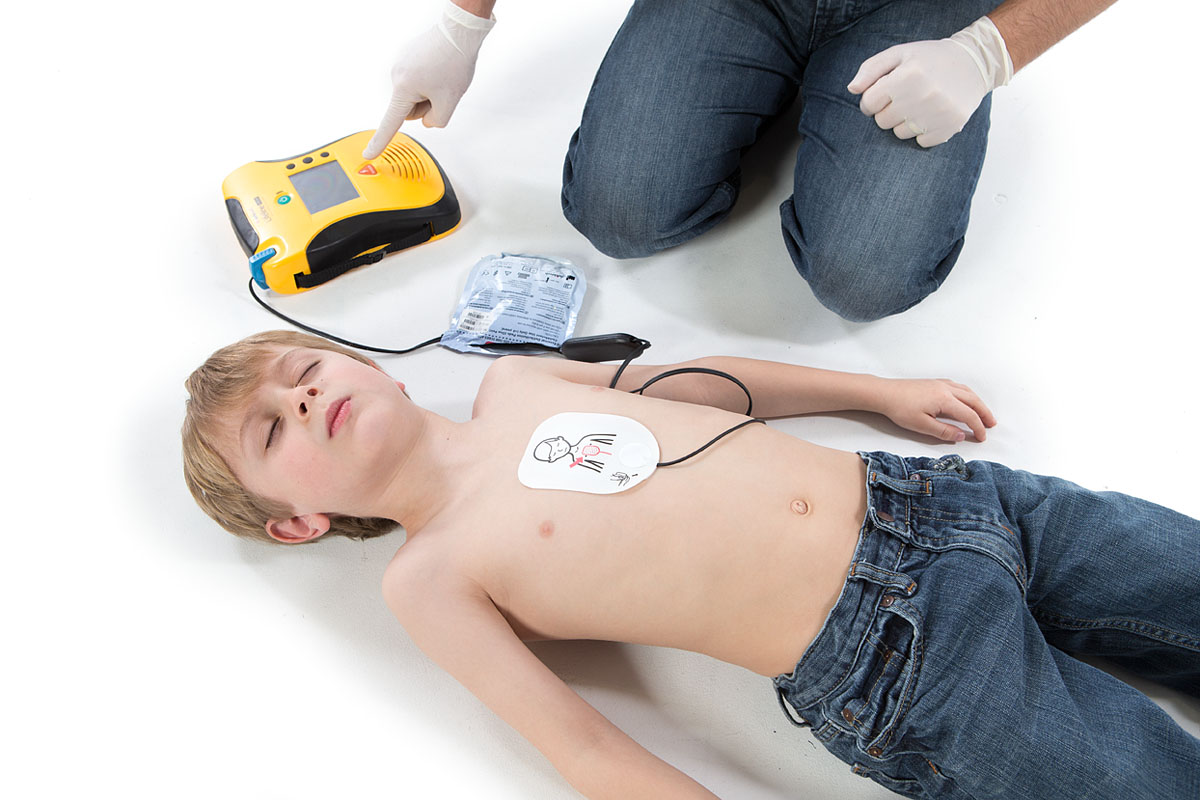

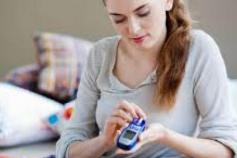
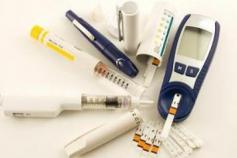

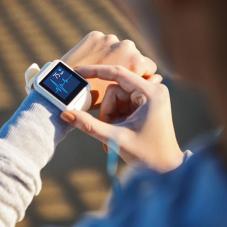
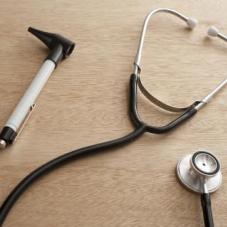
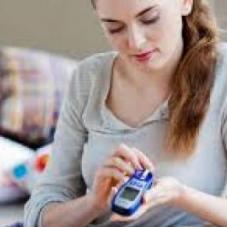
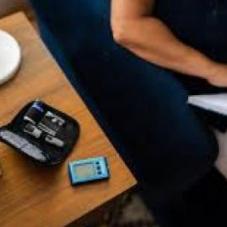
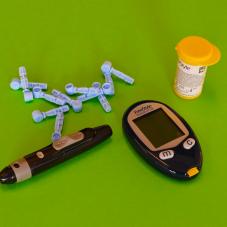
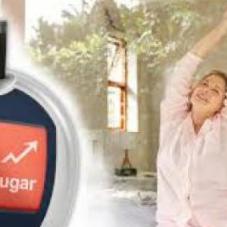
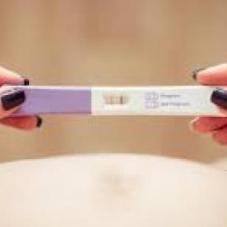
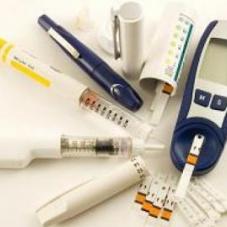
0 Comments